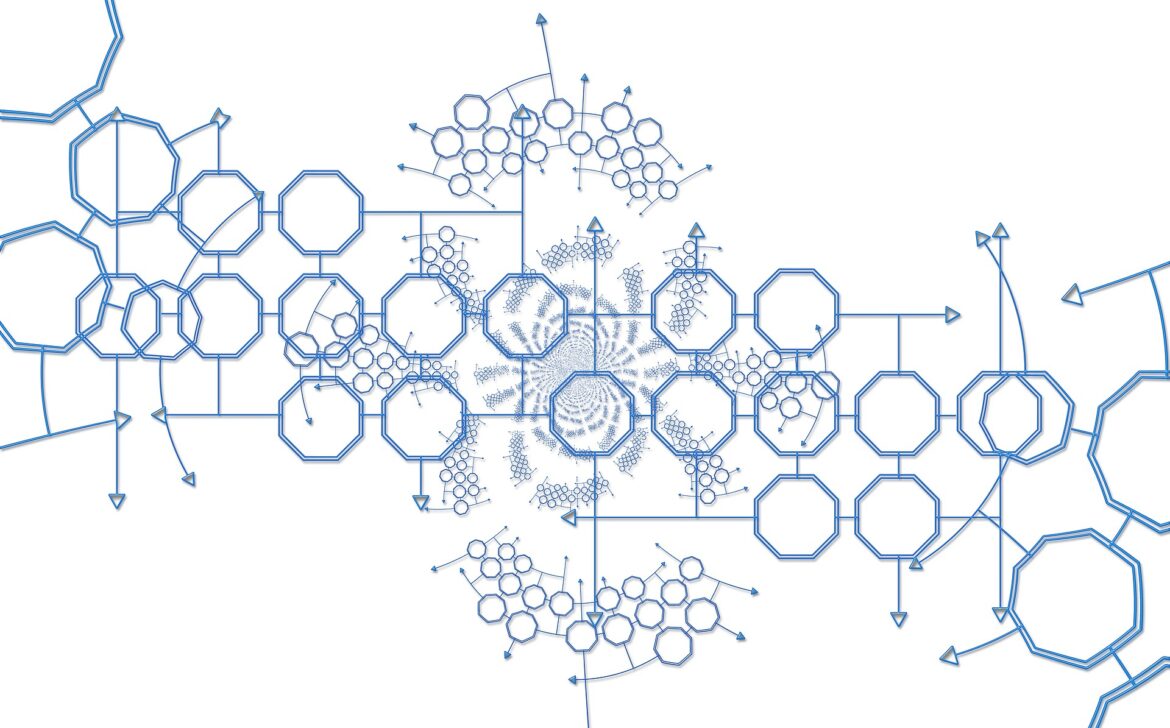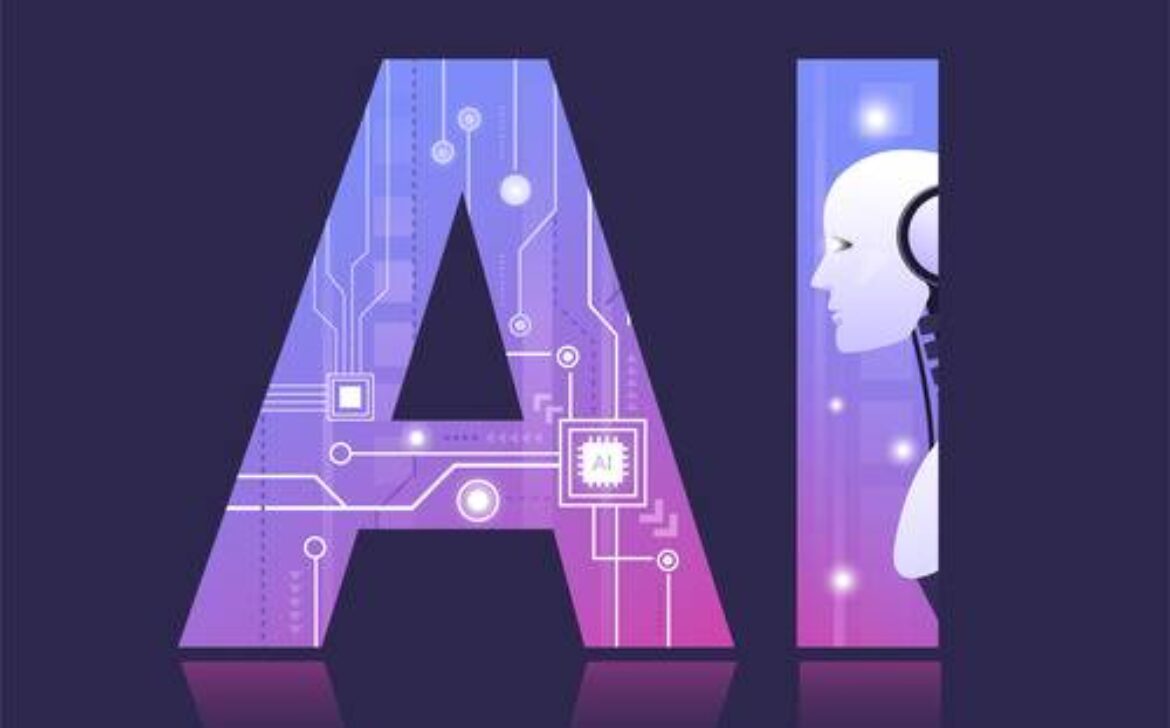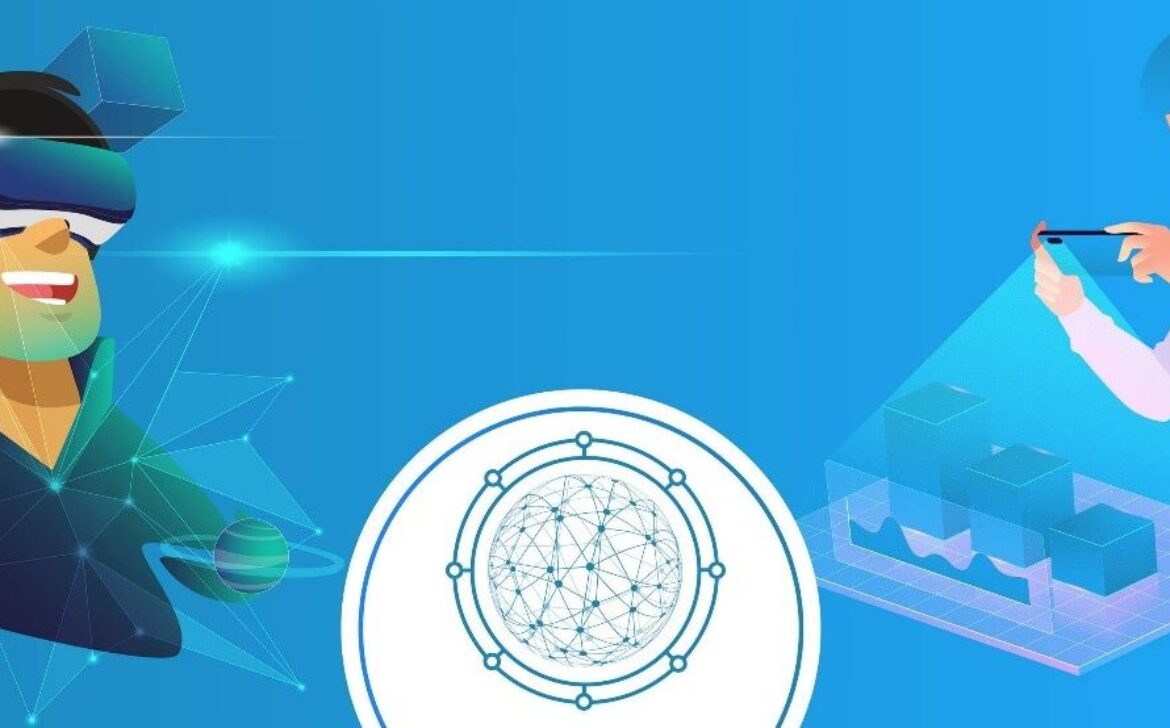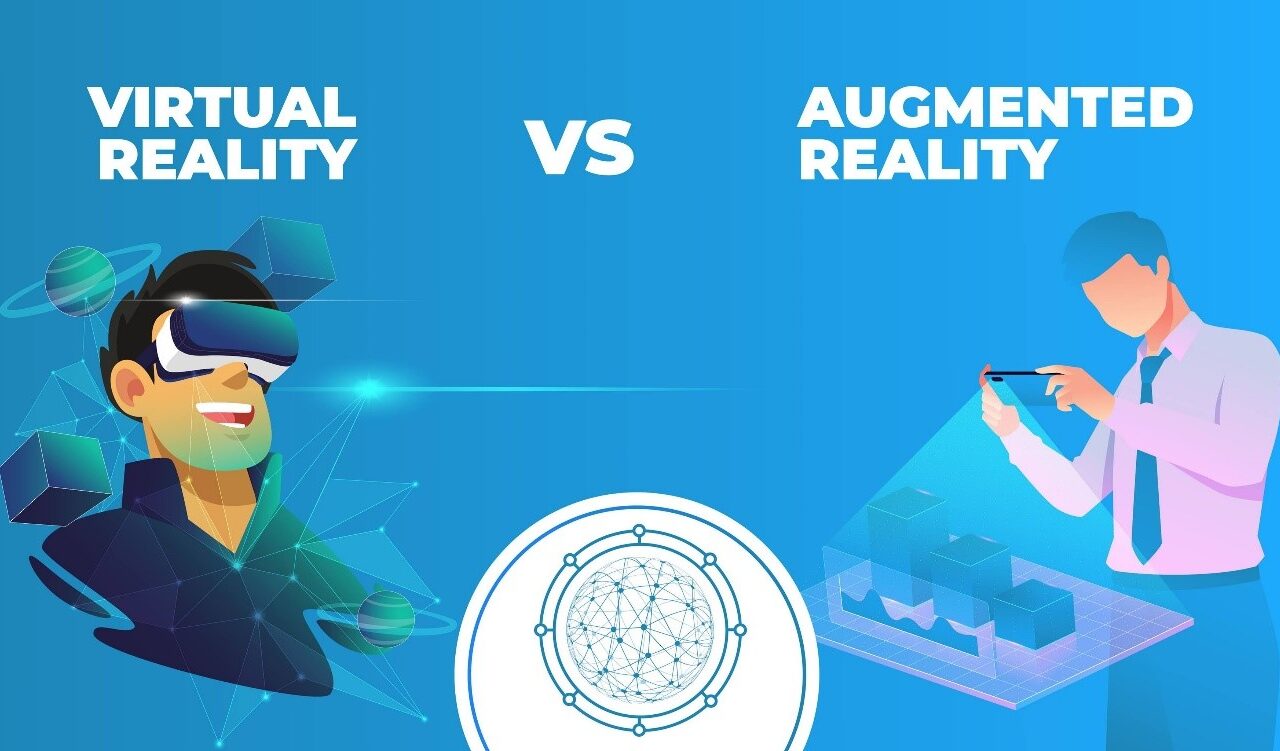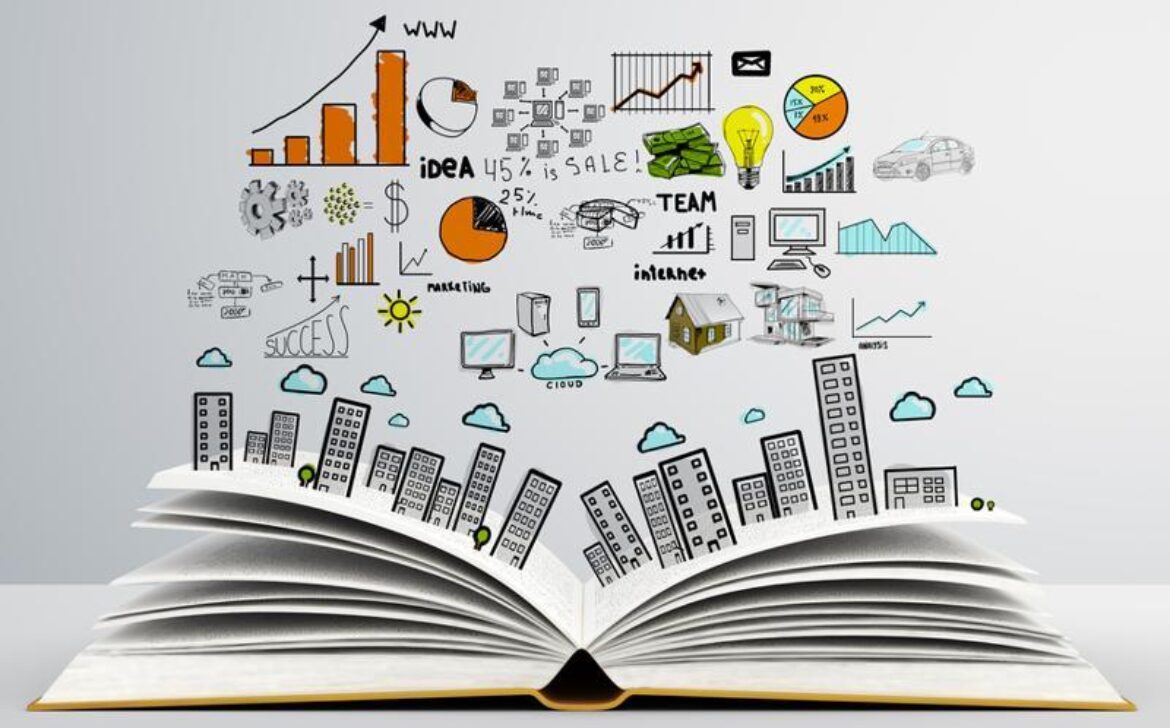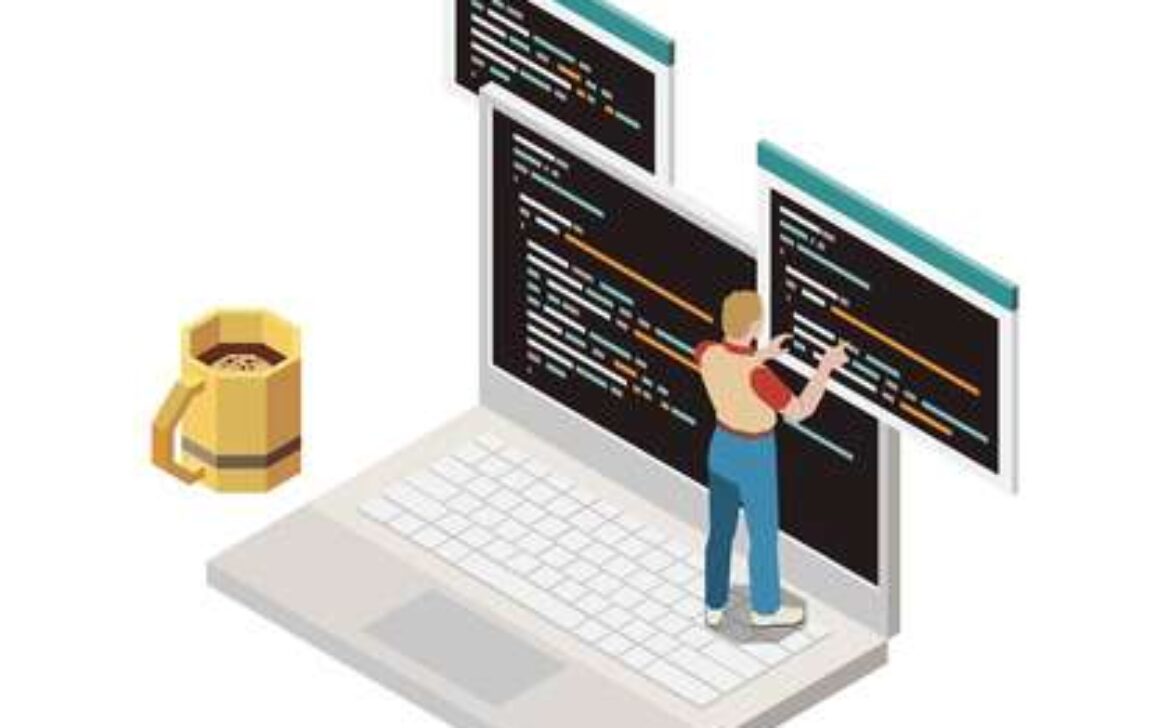Exploring Blockchain Technology: Beyond Cryptocurrencies
Blockchain technology, originally introduced as the underlying technology for cryptocurrencies, has emerged as a transformative force with far-reaching implications beyond financial applications. While cryptocurrencies like Bitcoin brought blockchain into the spotlight, it is the unique characteristics of this decentralized ledger that hold the potential to revolutionize various industries and reshape the way we interact and conduct business. In this essay, we will delve into the broader applications of blockchain technology and explore the diverse possibilities it offers beyond cryptocurrencies. I. Enhanced Security and Trust: II. Transparent and Immutable Record-Keeping: III. Decentralized Applications (DApps): IV. Smart Contracts: V. Tokenization of Assets: VI. Data Privacy and Sovereignty: Conclusion:
One of the core strengths of blockchain technology lies in its ability to provide enhanced security and trust. The decentralized nature of blockchain networks, combined with cryptographic algorithms, makes it exceedingly difficult for malicious actors to tamper with the data stored on the blockchain. This attribute makes blockchain ideal for applications where trust and security are paramount, such as supply chain management, identity verification, and medical records.
Blockchain’s transparent and immutable nature enables the creation of tamper-proof records. By recording transactions and data in a transparent and verifiable manner, blockchain technology allows for improved accountability and auditability. This aspect has significant implications for areas such as legal contracts, intellectual property rights, and voting systems, where transparency and trust are critical.
Blockchain technology has paved the way for the development of decentralized applications, or DApps. Unlike traditional applications that rely on centralized servers, DApps run on decentralized networks, giving users greater control over their data and eliminating single points of failure. These applications span various sectors, including finance, real estate, healthcare, and supply chain management, and offer increased efficiency, security, and user empowerment.
Smart contracts, self-executing contracts with the terms of the agreement directly written into code, are a powerful application of blockchain technology. These contracts automate and enforce the performance of agreements without the need for intermediaries, reducing costs and enhancing efficiency. Smart contracts have the potential to revolutionize industries such as insurance, real estate, and logistics by streamlining processes and eliminating friction in transactions.
Blockchain enables the tokenization of real-world assets, representing ownership or rights in a digital format. This allows for fractional ownership, increased liquidity, and greater accessibility to traditionally illiquid assets such as real estate, art, and intellectual property. Tokenization has the potential to democratize investment opportunities, unlock liquidity, and enable new business models.
Blockchain technology offers the potential for individuals to have greater control over their personal data. By leveraging techniques such as zero-knowledge proofs and decentralized identity systems, blockchain-based solutions can enable secure, privacy-preserving data sharing while granting individuals sovereignty over their information. This has implications for areas like healthcare, where sensitive patient data can be securely shared among healthcare providers without compromising privacy.
While cryptocurrencies initially propelled blockchain technology into the spotlight, its potential reaches far beyond digital currencies. From enhancing security and trust to enabling transparent record-keeping, decentralized applications, smart contracts, asset tokenization, and data privacy solutions, blockchain technology holds the promise of transforming industries across the board. As we continue to explore and innovate within this realm, it is crucial to address challenges such as scalability, energy efficiency, and regulatory frameworks to fully unlock the potential of blockchain and usher in a new era of decentralized, secure, and efficient systems. The journey ahead is filled with opportunities, and by embracing blockchain’s transformative power, we can reshape the future of various industries and unlock new possibilities for a more connected and transparent world.

